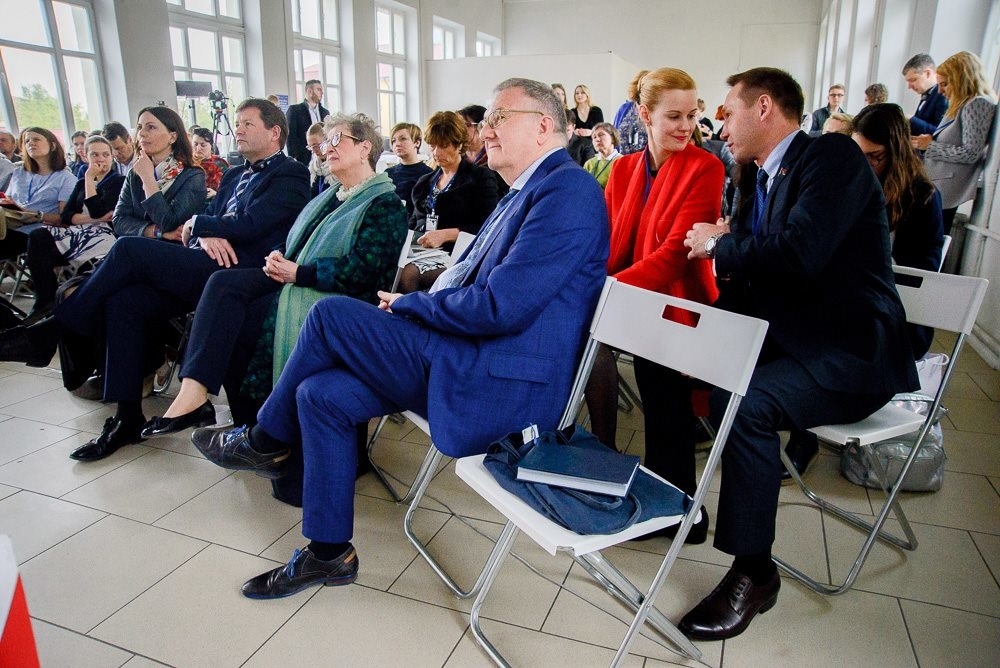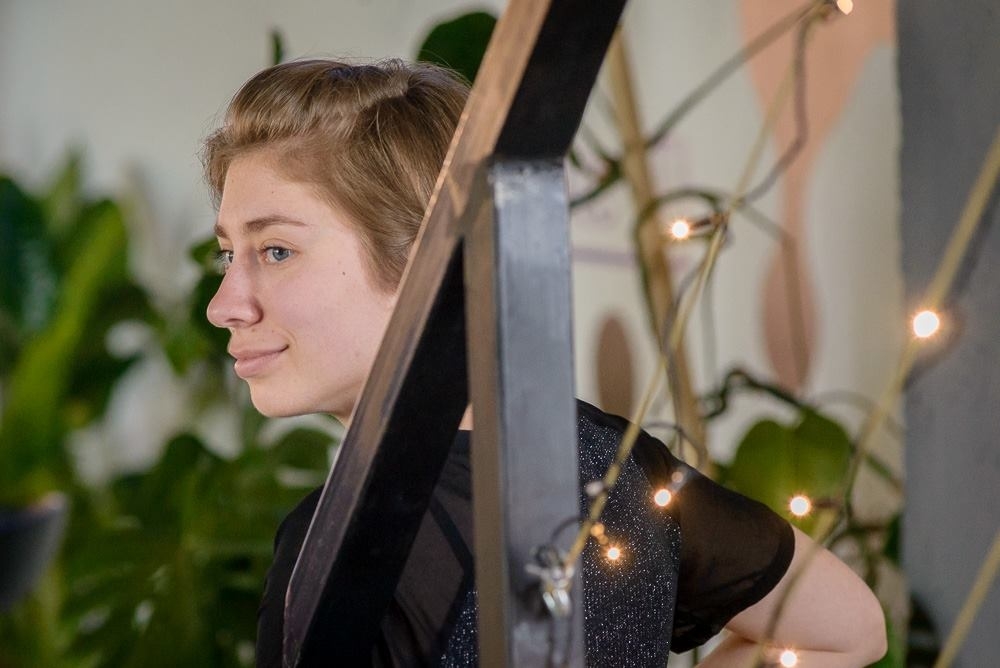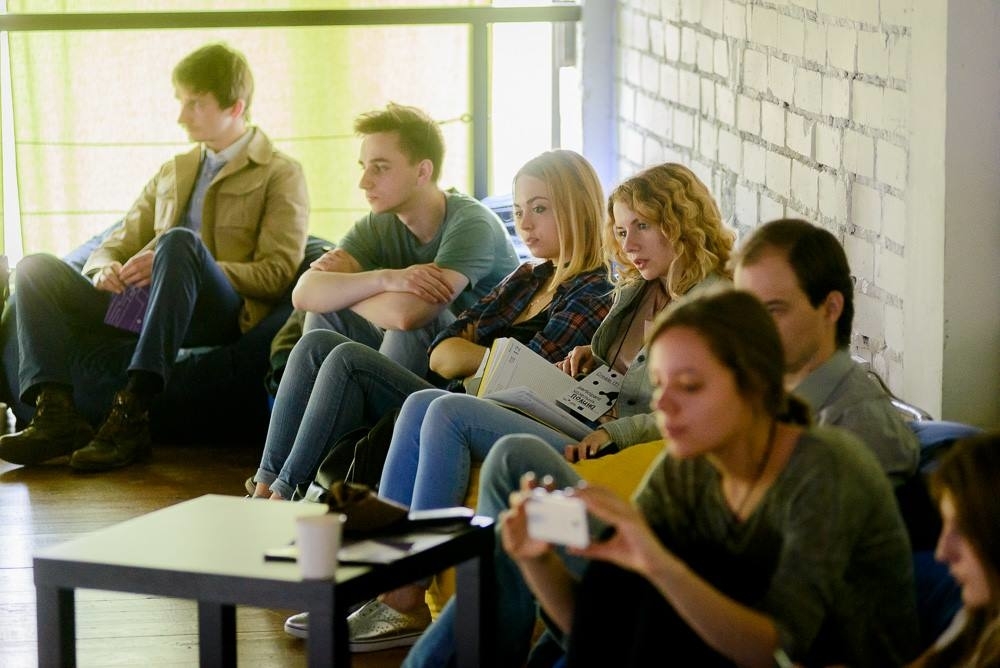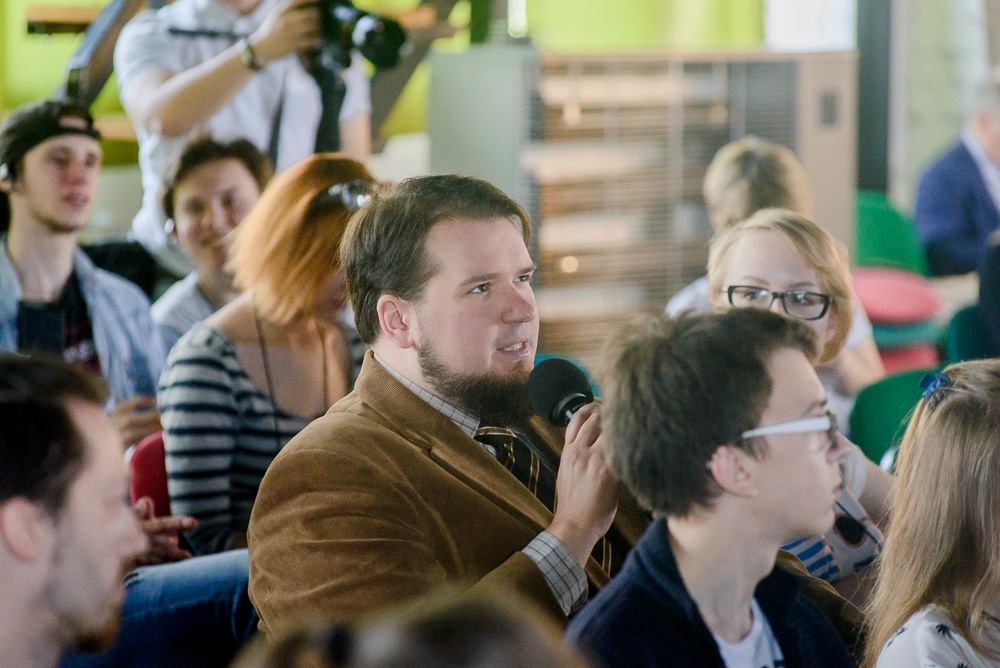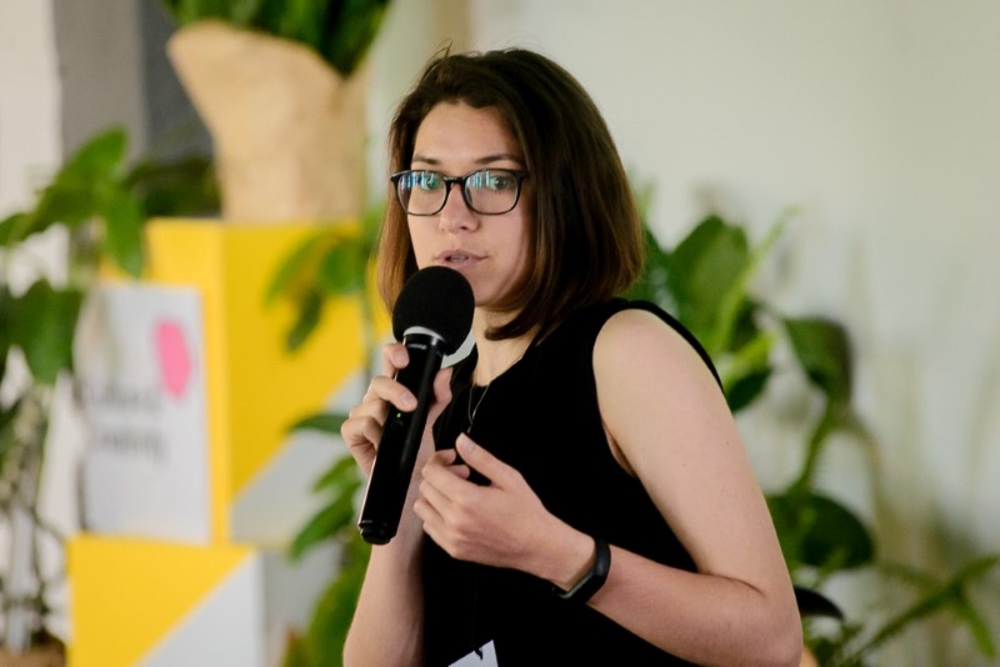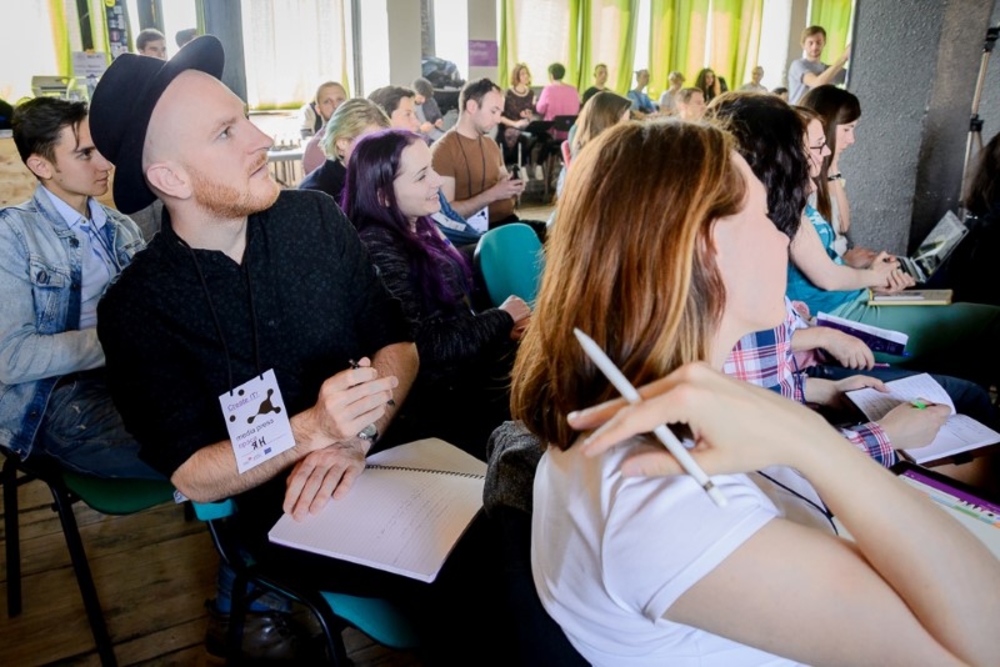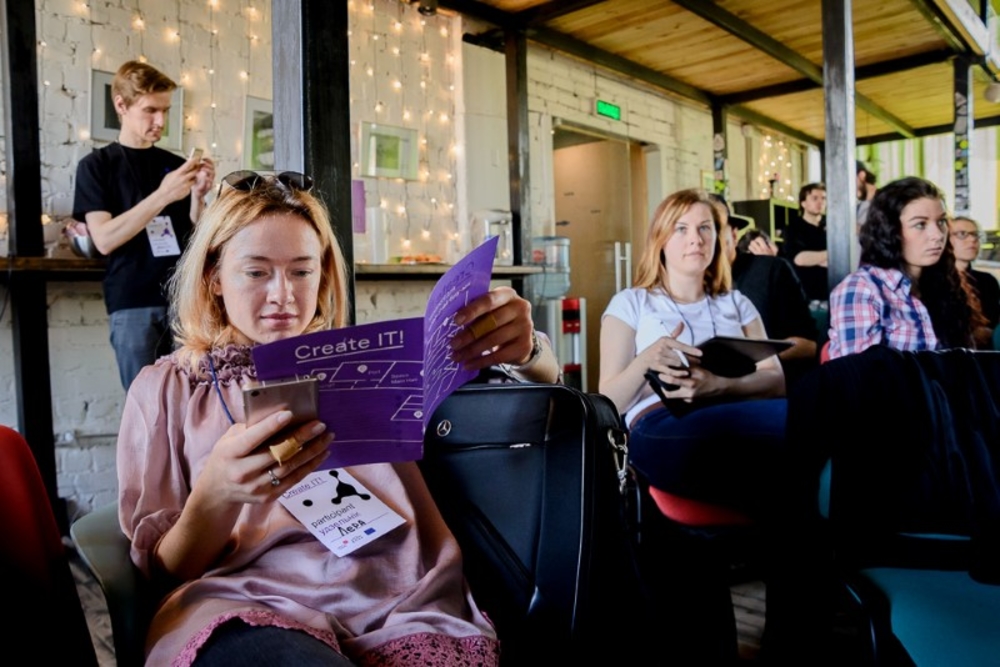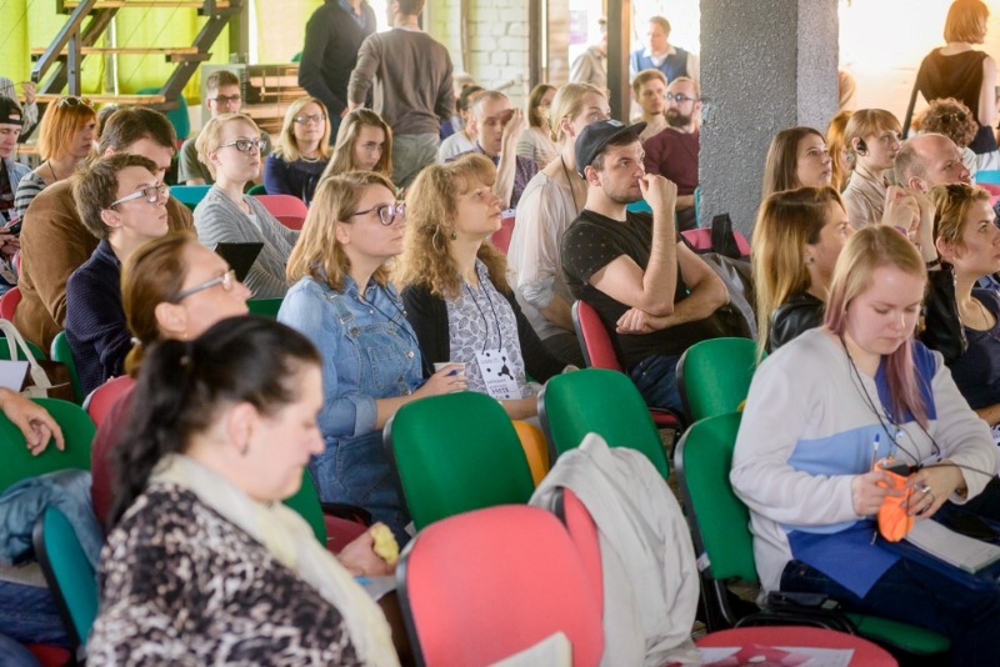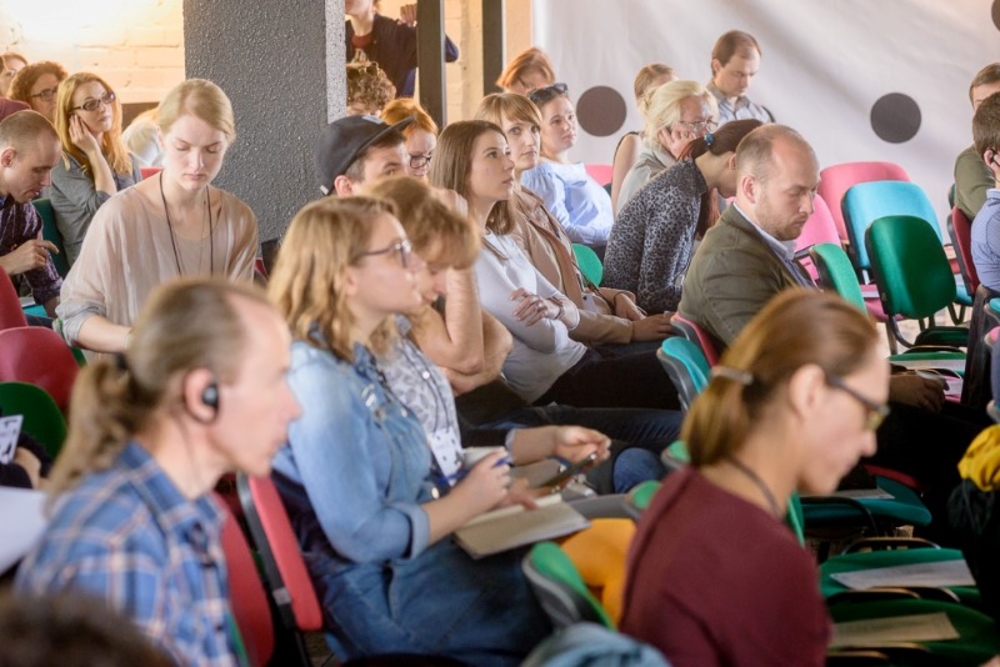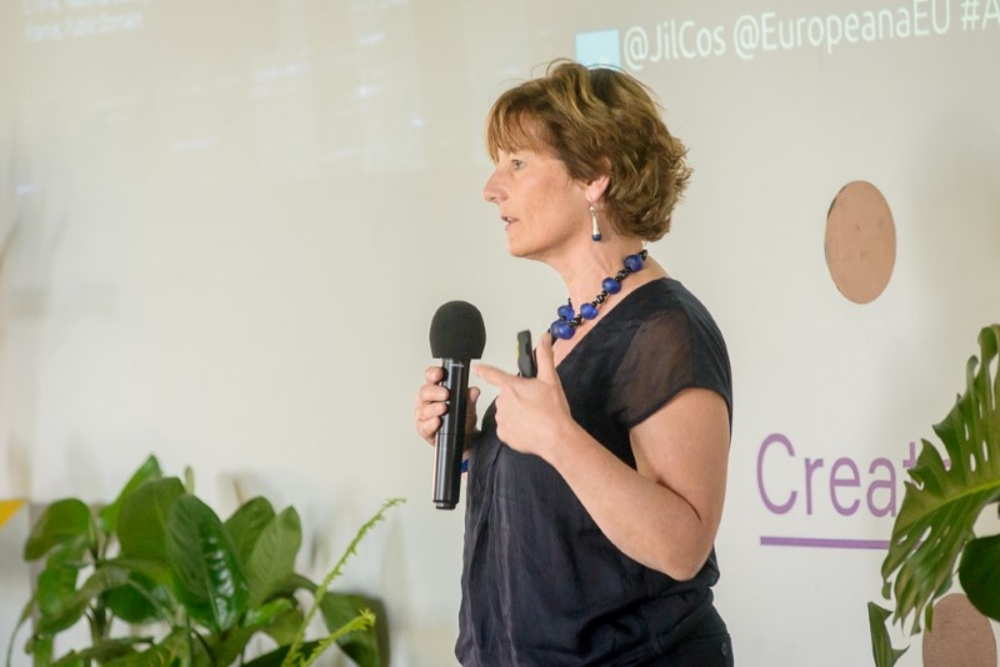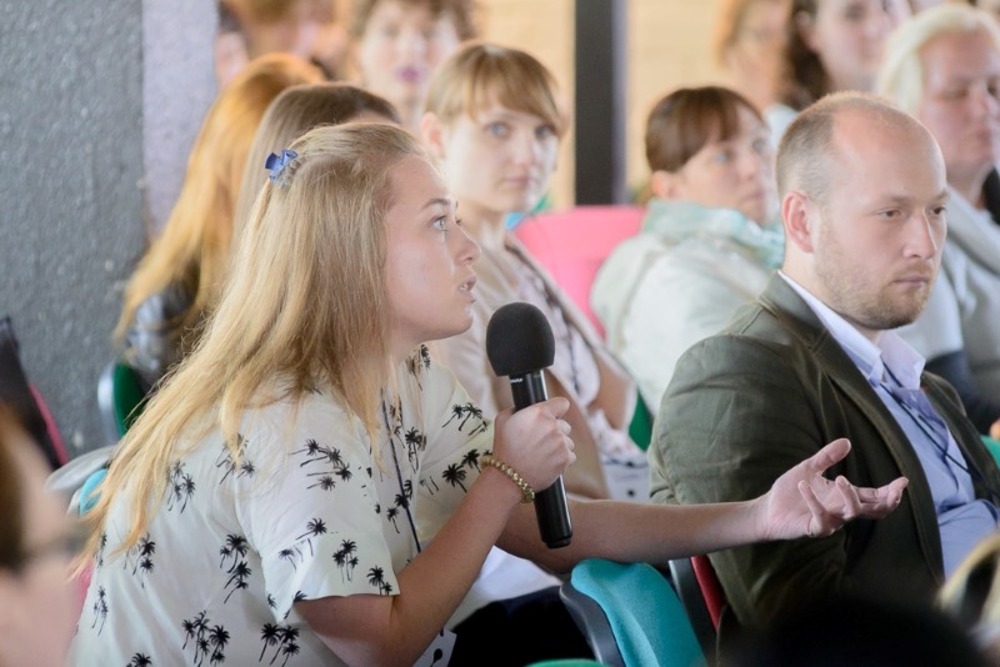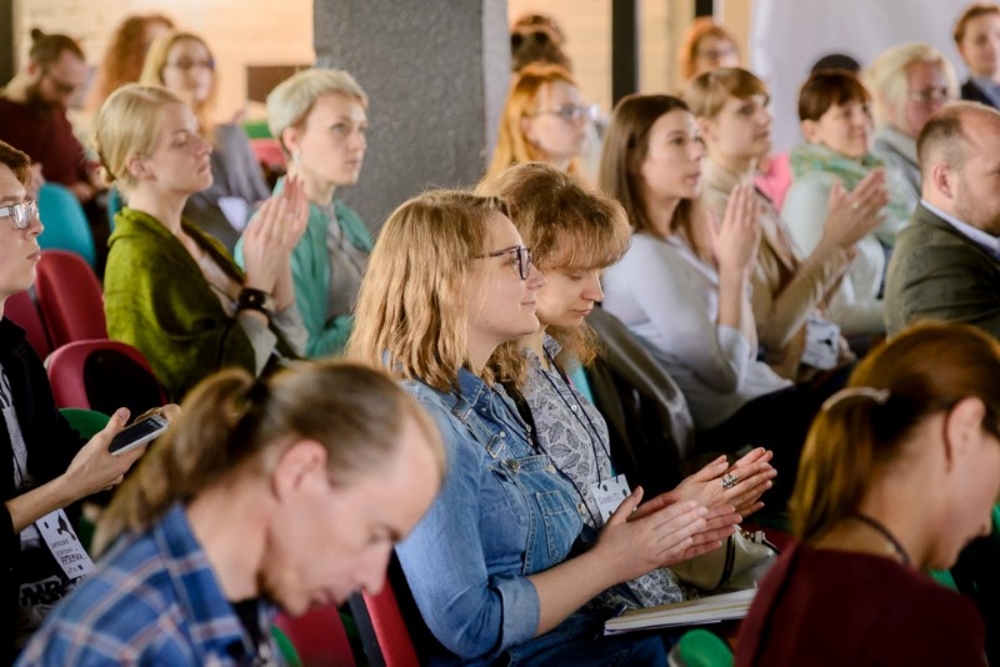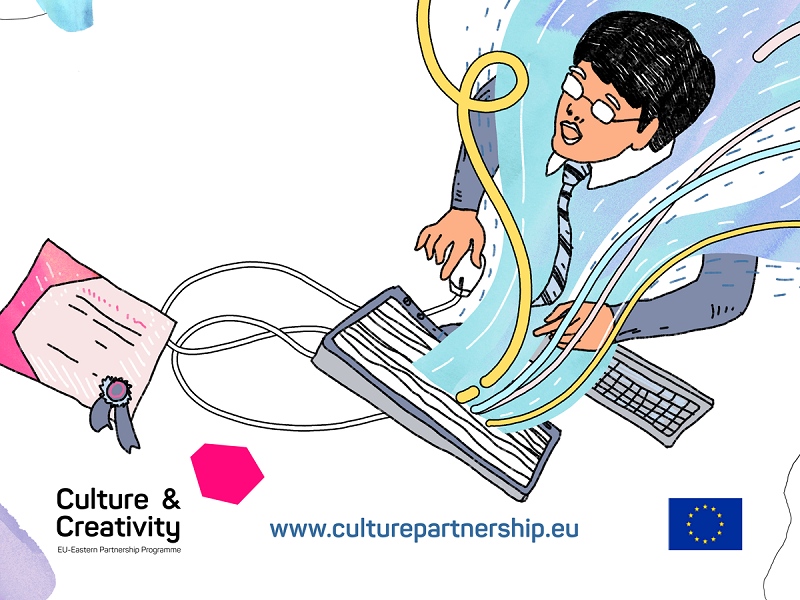
Create IT! Forum in Minsk: Future Depends on Combining Creative Potential and IT Technologies
Why is it important to use the potential of the IT domain and the cultural and creative industries?
“In the future, only a few professional sectors will survive the competition with machines that is predicted by universities,” says Tim Williams, the leader of the Culture and Creativity Programme, noting the “digital turn”. “These are IT industry specialists, and people involved in the cultural and creative sectors.”
“Cooperation between high technologies and the creative and cultural potential means new jobs, new markets and higher status for a country,” says Andrea Viktorin, head of the EU Representative Office in Belarus.
“People today are looking for emotional experiences, impressions, they are willing to pay for the intangible aspects of culture, that’s why now is the time for great opportunities for the creative industries,” says Ragnar Siil, creative industries expert of the Culture and Creativity Programme. “We need to create the conditions for the development of many initiatives.”
What should be done for this?
Cristina Farinha, a Portugal representative in the EU expert group on entrepreneurship and innovation in the creative sector, says that among the main challenges for Belarus and many EaP countries is the need to integrate their economies into the international market. The expert recommends rethinking the attitude of the Government to the cultural sector and expanding the notion of creative economy. “The creative industries are not included in the scope of interests of the Government. The IT sector is viewed as one of the priorities, but the creative aspects are no less important.” Cristina Farinha also noted the need to build communication channels between formal and informal sectors, by the whole of society.
Viktor Babariko, director of Belgazprombank, expressed his position in the following manner: “As long as people think in local categories, there will be no movement. Our main goal today is a clear understanding that any project should have an assessment in the global environment.” “At the heart of creating the creative industry should lie the nucleus of this industry.”
“Companies like EPAM and WarGaming have prepared a very cool foundation for IT and nurtured great professionals who are coming to work for us,” said Andrew Yanchurevich, operating and creative director of the start-up MSQRD, explained his view of the situation. “That is why engaging in development is very good and convenient in Belarus. As for running the business part, it is currently difficult to do.” According to the specialist, the climate can be changed by competent bills. “I’ve heard about a new law on accepting direct payments. Perhaps its adoption would change the situation.”
Andrew Erksine, an expert at the Tom Fleming Creative Consultancy, UK, proposed using the experience of other countries in which the creative industries add value to other sectors. “In your country, the agricultural sector is well developed, so why not attract programmers, designers and other representatives of the creative industries to multiply the effect?”
Alla Stashkevich, an expert at the Institute of Culture of Belarus, says, “It is necessary to motivate the main cultural institutions. Introduce programmes for building managerial capacities, such as project management, fundraising, cooperation with IT companies.”
Valentina Chekan, head of IT Princess Academy (Belarus), proposed introducing changes to the school curriculum by replacing labour classes with the subject “modern technologies”. “You have to start small to reach big reforms in this sphere. Because the education system shapes our mindset.”
10 Main Ideas from the Create IT! Forum
1. “The revolution starts with education. Once there are more educated people, everything will fall in place,” said Arek Keshishian, a teacher at the TUMO Centre for Creative Technologies (Armenia).
2. “The city itself plays a role in creating your business. Everybody wants to find like-minded people. Communicate with people, go beyond your small circle,” said Gunita Kulikovska, CEO of the start-up Vividly App (Latvia).
3. “Today, there are no professions of the future. We do not ask children who they want to be, astronauts, teachers… Today we ask: what do you like?” said Sergey Sergeenko, Ecom Systems (Belarus).
4. “When engaged in the creative business, you shouldn’t forget about the business part,” said Martin Aadamsoo, general director of the creative media incubator Digix.eu (Estonia).
5. “A creative person does not come up with ideas, they simply notice what others have missed,” Andrew Yanchurevich, operating and creative director of the start-up MSQRD (Belarus).
6. “We must invest in visual education as much as in the development of technologies,” said Alexander Vasilevich, Vondel Hepta and Ў (U neskladovae) Gallery (Belarus).
7. “Independent projects are the future,” said Katerina Saladukha, producer and director of the Teatralny Kufar festival (Belarus).
8. “Inspiring others is what creativity is about,” said Jill Cousins, head of the Europeana project (the Netherlands).
9. “The culture of the 19th century was determined by the novel form, that of the 20th by cinema, and that of the 21st by the interface,” said Lev Manovich, doctor of sciences and theorist on digital culture (Russia).
10. “IT and culture are inseparable,” said Aleksei Kruchenok, Minsk Music Tech, Nasa Space Apps challenge Minsk (Belarus).
Five Projects of Successful Combination of Cultural and Creative Industries with IT Technologies
Mood Square
Yulia Besplemennova, designer and teacher in the sphere of hybrid online and offline learning environments, talked about an interesting example of reconfiguring the second largest square in Milan. “In 2014, a conflict arose between the municipality and the residents of Milan over the use of a road in the central part of the city. City authorities closed off the roads because of constant traffic jams. In response, the residents of Milan gathered thousands of signatures against the municipality’s decision, went to court and held protests. All this went on until snow fell in the city. This reset the situation and led the residents to reconsider their decision regarding the square. People understood that they don’t just want to have highways, but also public spaces that would belong to every single one of them. This was not the end of it, but our idea is precisely about including people in the process of participation in the transformation of a place. We made an image of a snow storm. We also installed special LED lights that can be controlled to choose the mood of the place according to your own mood. But the most important thing is that the new image of the place and its possible uses, this is the message that was conveyed to people. And yes, digital technologies played their part here, for example, Wi-Fi.”
Digitisation of Personal Stories
The Europeana project is a unique example of collecting and popularising the cultural heritage of Europe through its digitisation. The platform is a huge bank of licensed data, which currently include more than 30 million records. One of the cases that Jill Cousins, Executive Director of the European Foundation, is most proud of is Transcribing Europeana 1914-1918, dedicated to World War I. Within its framework, historical documents, live testimonies, and recollections of people about the war, WWI artifacts are collected and then digitised with the help of volunteer transcribers. “This is an excellent way of talking about heritage, which we have lived through, and to share it with people,” says the expert.
An Unexpected Solution
Andrew Yanchurevich, operating and creative director of MSQRD start-up talked about the important process of creative interaction in a team. “Every person in our team can influence the decision of the whole company. An example is the creation of the Harry Potter mask. We decided to depart from familiar visual traits of the character, such as the magic wand and glasses, and came up with this image. The facial features of the actor playing Harry Potter were combined with the famous accessory from J. K. Rowling’s series, the snitch. The snitch, we decided, would “fly” across the screen. But in the final version we saw something else: when we came to the programmer, he showed us a mask where the snitch unexpectedly flies out of the mouth of the character. This was not what we had in mind initially, but it turned out to be so funny that everyone agreed on it immediately. And as a result, the mask came first among all our images. We climbed into the top 100 in the UK, and very confidently entered the US market.”
Alternative Yerevan
TUMO is a unique informal educational platform where technologies and education come together in the most effective way. Students at this school are tutored in three stages: self-education, workshops and training laboratories. TUMO offers education in four main areas: animation, web design, filmmaking and the gaming sector. It also offers 10 areas in which students can improve their skills, from 3D design to music. The teachers and coaches of the centre are invited specialists and leading practitioners from around the world. “We do not mark the children’s work,” says Arek Keshishian, a teacher at TUMO Centre for Creative Technologies. “We give them the opportunity to understand what their passions and interests are in life. And competition should take place with oneself.”
Interaction with the Local Community
Andrew Erskine, an expert at the Tom Fleming Creative Consultancy, UK, used the case of the London-based architecture studio Assemble as an inspiring example of transforming the shortcomings of one’s company into advantages. Assemble operates across the fields of art, architecture, and design. This community of young specialists have staked on original projects that don’t require large expenditure, but which engage local communities. Their sensational project Granby Four Streets involves the revitalisation and transformation of four abandoned streets in Liverpool with the participation of the district’s residents. “Now they have many invitations. But earlier they took a risk and went onto the streets, offering people their help and skills,” says Andrew Erskine. It is worth noting that Granby Four Streets was nominated and awarded the prestigious Turner Prize in 2015.
Presentations:
More info: http://createit.by/

